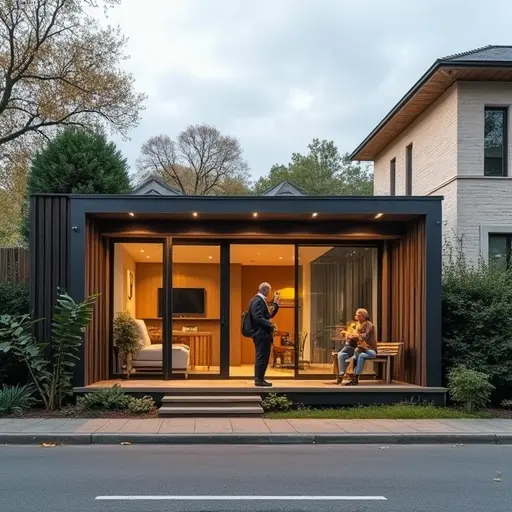
The Rise of Micro Living
Urban centers globally are embracing micro homes as a solution to housing shortages. These compact living spaces, typically 150-350 sq ft, are surging in popularity among young professionals, downsizers, and cost-conscious urbanites. In 2025, units under 441 sq ft now account for 2.4% of new rentals - double the share from the 2000s.
Urban Hotspots Leading the Trend
San Francisco leads with nearly 15% of its housing classified as micro units, while Seattle follows closely with 12% micro inventory. Honolulu, Chicago, and Minneapolis show strong adoption, with rents averaging just $1,263 in Chicago - nearly half the price of conventional apartments. Coastal cities dominate, but Midwestern hubs like Cleveland and St. Paul are catching up.
Design Innovations
Architects maximize every inch with Murphy beds, foldable furniture, and space-saving appliances. Some units feature sliding walls that transform spaces, like Hong Kong architect Gary Chang's 344 sq ft apartment that converts into 24 room configurations. Developers increasingly omit traditional ovens, relying on convection microwaves as food delivery apps reduce cooking needs.
Affordability Meets Sustainability
"Micro living lets residents live with less but closer to more," explains urban planner Nina Dale. These units generate 36% fewer emissions than traditional homes while offering walkable access to urban amenities. Their small footprint enables solar panel installations at lower costs, further boosting eco-credentials.
Market Impact and Future
The trend fuels self-storage demand as residents seek off-site storage solutions. Zoning reforms in cities like Seattle now permit micro units in all multifamily zones. With construction projected to grow 66% in Seattle and 43% in New York by 2026, micro homes are becoming a permanent urban housing solution.

 Nederlands
Nederlands English
English Français
Français Deutsch
Deutsch Español
Español Português
Português


